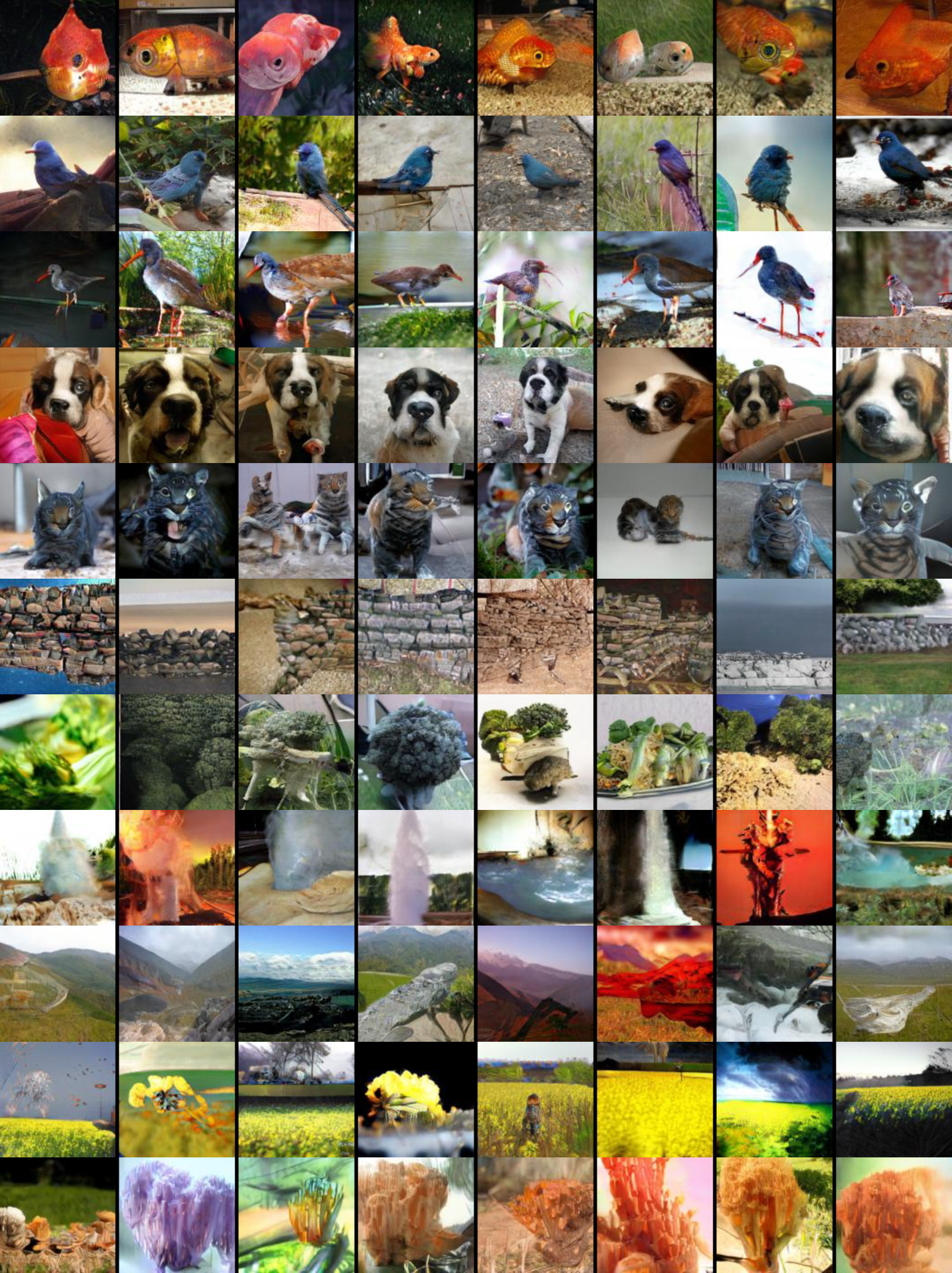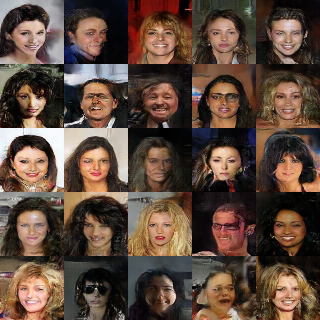Simple Tensorflow implementation of "Self-Attention Generative Adversarial Networks" (SAGAN)
- Tensorflow 1.8
- Python 3.6
def attention(self, x, ch):
f = conv(x, ch // 8, kernel=1, stride=1, sn=self.sn, scope='f_conv') # [bs, h, w, c']
g = conv(x, ch // 8, kernel=1, stride=1, sn=self.sn, scope='g_conv') # [bs, h, w, c']
h = conv(x, ch, kernel=1, stride=1, sn=self.sn, scope='h_conv') # [bs, h, w, c]
# N = h * w
s = tf.matmul(hw_flatten(g), hw_flatten(f), transpose_b=True) # # [bs, N, N]
beta = tf.nn.softmax(s) # attention map
o = tf.matmul(beta, hw_flatten(h)) # [bs, N, C]
gamma = tf.get_variable("gamma", [1], initializer=tf.constant_initializer(0.0))
o = tf.reshape(o, shape=x.shape) # [bs, h, w, C]
x = gamma * o + x
return xdef attention_2(self, x, ch):
batch_size, height, width, num_channels = x.get_shape().as_list()
f = conv(x, ch // 8, kernel=1, stride=1, sn=self.sn, scope='f_conv') # [bs, h, w, c']
f = max_pooling(f)
g = conv(x, ch // 8, kernel=1, stride=1, sn=self.sn, scope='g_conv') # [bs, h, w, c']
h = conv(x, ch // 2, kernel=1, stride=1, sn=self.sn, scope='h_conv') # [bs, h, w, c]
h = max_pooling(h)
# N = h * w
s = tf.matmul(hw_flatten(g), hw_flatten(f), transpose_b=True) # # [bs, N, N]
beta = tf.nn.softmax(s) # attention map
o = tf.matmul(beta, hw_flatten(h)) # [bs, N, C]
gamma = tf.get_variable("gamma", [1], initializer=tf.constant_initializer(0.0))
o = tf.reshape(o, shape=[batch_size, height, width, num_channels // 2]) # [bs, h, w, C]
o = conv(o, ch, kernel=1, stride=1, sn=self.sn, scope='attn_conv')
x = gamma * o + x
return x> python download.py celebAmnistandcifar10are used inside keras- For
your dataset, put images like this:
├── dataset
└── YOUR_DATASET_NAME
├── xxx.jpg (name, format doesn't matter)
├── yyy.png
└── ...
- python main.py --phase train --dataset celebA --gan_type hinge
- python main.py --phase test --dataset celebA --gan_type hinge
Junho Kim

